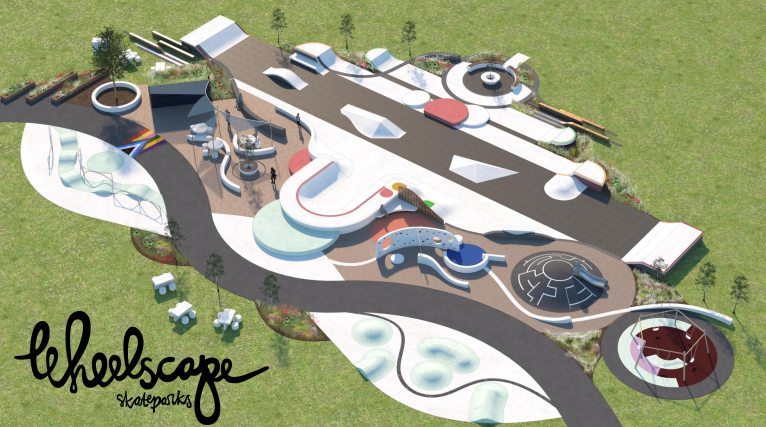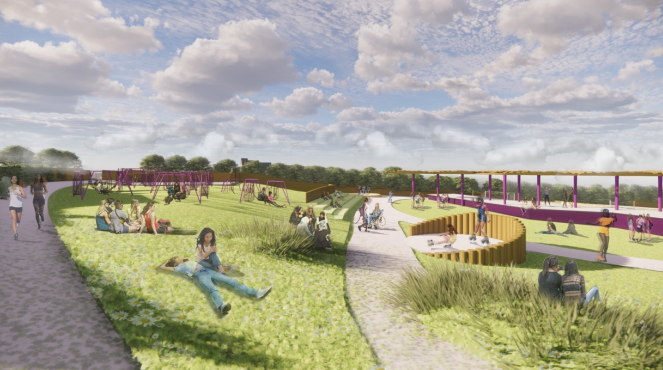With almost 1600 in parks and public spaces, skate parks are seen as great provision for teenagers. But do they work for everyone?
Charity Make Space for Girls say that we need to think again. They’ve produced new guidance for councils, explaining that they have a legal obligation to consider who is using the facilities they provide.
“In reality skate parks are dominated by boys,” says Make Space for Girls co-founder and trustee Imogen Clark. “85% of skateboarders are male, and girls can find it really intimidating to go into these spaces.”

Clark is a former lawyer and one of the reasons she set up the charity is because of this kind of discrimination. She believes the way teenage girls aren’t considered in parks isn’t just unequal and unfair, it can also be challenged under the Equality Act 2010. “Where council facilities disadvantage girls, the Public Sector Equality Duty (part of the Equality Act 2010) requires then to proactively consider how to reduce that disadvantage. The data is clear: teenage girls are disadvantaged, compared to teenage boys, when it comes to skate parks. We are calling on councils to comply with their legal duty to consider how to reduce that.”
Make Space for Girls surveyed 110 girl skateboarders from across the country, and over 80% said that they timed their visits for when the skate park is quiet. Nearly 70% said that some boys made them feel as though they shouldn’t be on the skate park.
The charity has heard stories from girls across the country who want to skateboard but find skateparks uncomfortable places to be, whether that’s from being the only girl there, being told they are rubbish skateboarders, or posers, or even having stones and racial insults thrown at them. Girls skate early in the morning, or they choose indoors skate parks where the presence of adults and girls-only sessions means that they feel safe and supported.
What’s the solution? Make Space for Girls have two suggestions. First, councils shouldn’t assume that a skate park is the only answer.

Only 8% of all teenagers are skateboarders - and less than 3% of teenage girls. “And when you ask teenagers,” says 2 the charity’s other co-founder Susannah Walker, “skateboarding often isn’t top of their list. They want spaces to hang out and meet their friends.”
The second is that if councils do build a skate park, they need to create something much more inclusive. Make Space for Girls have been working with designer Elliot Hamilton from Wheelscape to design a skatepark which works for everyone. Based on research from Europe and the input of girl skateboarders in the UK, the design has space for beginners to practice, architecture and colour, a cafe and room for every kind of wheeled sports.
“Creating this design was a refreshing process – a chance to shake off existing norms and imagine a more inclusive style of design,” says Elliot. “We hope this concept will help pave the way towards a new standard of more equitable and sustainable skateparks. If our efforts inspire a single community to kick start their own unique project, we see this as a result and we’d be delighted to help along the way.”
Imogen Clark agrees. “Skateboarding is such a great sport, which doesn’t just get people active, but can give them self-confidence, independence and resilience. Girls shouldn’t be excluded from this.”








